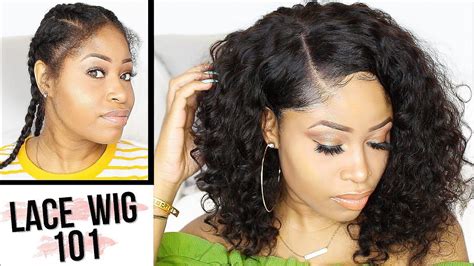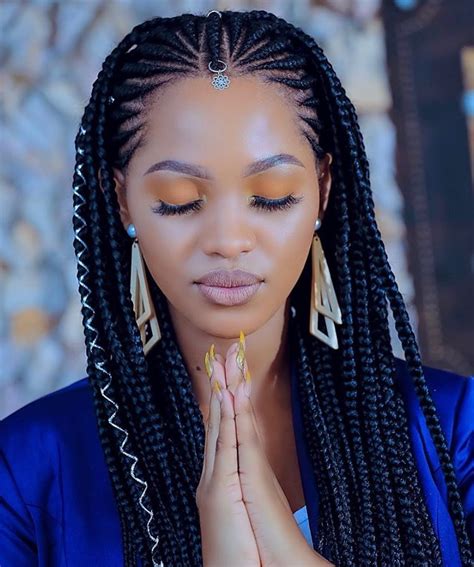Braiding hair, with its versatility and endless style possibilities, has become a staple in the beauty routines of many. Whether you’re looking for a protective style, a change of look, or a way to experiment with different textures, choosing the right braiding hair is crucial.

1. Kanekalon Braiding Hair: The Gold Standard
- Known for its: Silky texture, vibrant colors, and heat resistance
- Ideal for: Box braids, cornrows, and Senegalese twists
- Average cost: $5-$10 per pack (100 grams)
- Customer feedback: “This hair is amazing! It’s so soft and easy to braid. I’ve had my braids in for weeks now, and they still look fresh.”
Kanekalon braiding hair, made of synthetic fibers, is the most popular choice among braiders due to its high quality and wide range of colors. It’s durable, heat-resistant, and maintains its shine even after multiple washes.
2. Toyokalon Braiding Hair: A Step Up in Sophistication
- Known for its: Ultra-fine fibers, natural sheen, and tangle-free properties
- Ideal for: Micro braids, knotless braids, and halo braids
- Average cost: $10-$15 per pack (100 grams)
- Customer feedback: “I’ve searched high and low for a hair that doesn’t tangle, and this is it! My braids have never looked so smooth and polished.”
Toyokalon braiding hair is a premium synthetic fiber that simulates the texture and appearance of human hair. It’s incredibly soft, lightweight, and resistant to friction, making it ideal for intricate and delicate braiding styles.
3. Human Hair Braiding Extensions: The Ultimate Natural Look
- Known for its: Natural texture, versatility, and longevity
- Ideal for: Dreadlocks, faux locs, and scalp braids
- Average cost: $30-$50 per pack (100 grams)
- Customer feedback: “I’ve never had braids that looked so real! The human hair blends perfectly with my own.”
Human hair braiding extensions offer the most natural look and feel. They are available in a wide range of textures, from straight to curly, allowing you to match your own hair type perfectly. Human hair extensions are also more durable than synthetic hair, lasting up to a year with proper care.
4. Afro-Kinky Braiding Hair: Embracing Natural Texture
- Known for its: Coarse, tightly coiled texture, natural volume, and low maintenance
- Ideal for: Afro braids, box braids, and cornrows
- Average cost: $4-$8 per pack (100 grams)
- Customer feedback: “I love how this hair adds volume to my braids without weighing them down. It’s so easy to work with, too.”
Afro-kinky braiding hair is specifically designed for clients with naturally coarse or kinky hair textures. It’s made of synthetic fibers that mimic the texture and appearance of African hair, providing a seamless blend.
5. Marley Braiding Hair: For Bob Marley’s Signature Dreads
- Known for its: Dreadlock-like texture, natural wave pattern, and unique colors
- Ideal for: Dreadlocks, faux locs, and bohemian braids
- Average cost: $5-$10 per pack (100 grams)
- Customer feedback: “This hair is perfect for creating dreadlocks. It’s thick and textured, just like real dreads.”
Marley braiding hair is made of synthetic fibers with a unique twisted texture that resembles dreadlocks. It’s perfect for creating natural-looking dreads, faux locs, and other bohemian hairstyles.
Tailoring to Customer Needs
Understanding Customer Pain Points:
- Difficulty choosing the right braiding hair type for their hair texture and desired style
- Concerns about hair quality, durability, and tangle-proneness
- Frustration with breakage and premature wear of braiding hair
Addressing Customer Wants:
- Providing comprehensive information on braiding hair types, textures, and styles
- Emphasizing high-quality fibers that prevent tangles and breakage
- Offering a wide range of colors and textures to suit all preferences
Strategies for Enhancing Customer Experience
Customization and Flexibility:
- Offering a variety of braiding hair options to meet different customer needs
- Providing personalized consultations to determine the best hair type and style
Education and Empowerment:
- Creating educational resources on braiding techniques, hair care tips, and style inspiration
- Equipping customers with the knowledge to make informed choices
Community Building:
- Fostering a sense of community among braiding enthusiasts
- Encouraging customers to share their experiences and showcase their creativity
Step-by-Step Approach for Choosing Braiding Hair
1. Assess Hair Texture and Style: Determine your natural hair texture and the desired braiding style. Consider the size, length, and texture of your hair to select the appropriate braiding hair type.
2. Determine Hair Length and Quantity: Measure the length of your hair and estimate the number of packs of braiding hair needed to achieve the desired fullness.
3. Choose Fiber Type: Select the braiding hair material (synthetic or human hair) based on your budget, desired look, and hair care preferences.
4. Match Texture and Color: Choose braiding hair with a texture that complements your natural hair. Consider the desired color and color blending with your own hair.
5. Check Hair Quality: Inspect the braiding hair for tangles, breakage, and any signs of poor quality before making a purchase.
